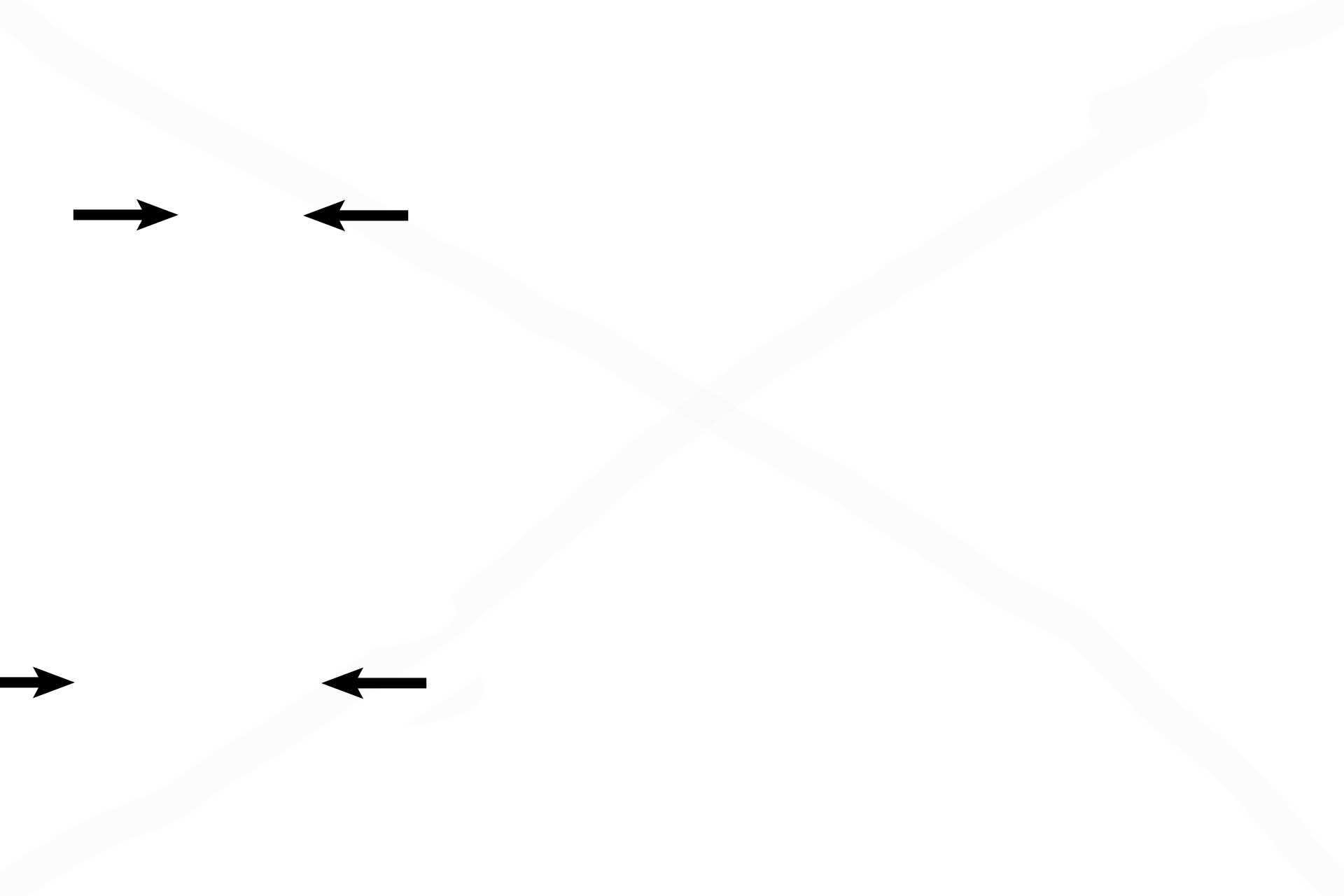
Bone: intramembranous formation
Two cross sections of the diaphyses of long bones show the two sources, other than mesenchyme, that deposit bone by intramembranous ossification. Any bone deposited by periosteum or endosteum is formed by this method. The left image shows the external diaphyseal surface, while the right image demonstrates the layers adjacent to the marrow cavity. 200x, 200x

Outer circumferential
lamellae >
On the left, an active periosteum is forming outer circumferential lamellae, increasing the thickness of this bone. These lamellae are formed by intramembranous ossification deposited by the periosteum.

Inner circumferential
lamellae >
On the right image inner circumferential lamellae have been formed by the endosteum by intramembranous ossification.

Periosteum >
The fibrous (blue) and osteogenic (green) portions of the periosteum are obvious.

Endosteum >
Although present on any inner surface of bone, the lining cells (arrows) cannot be readily differentiated from the adjacent red marrow (X).